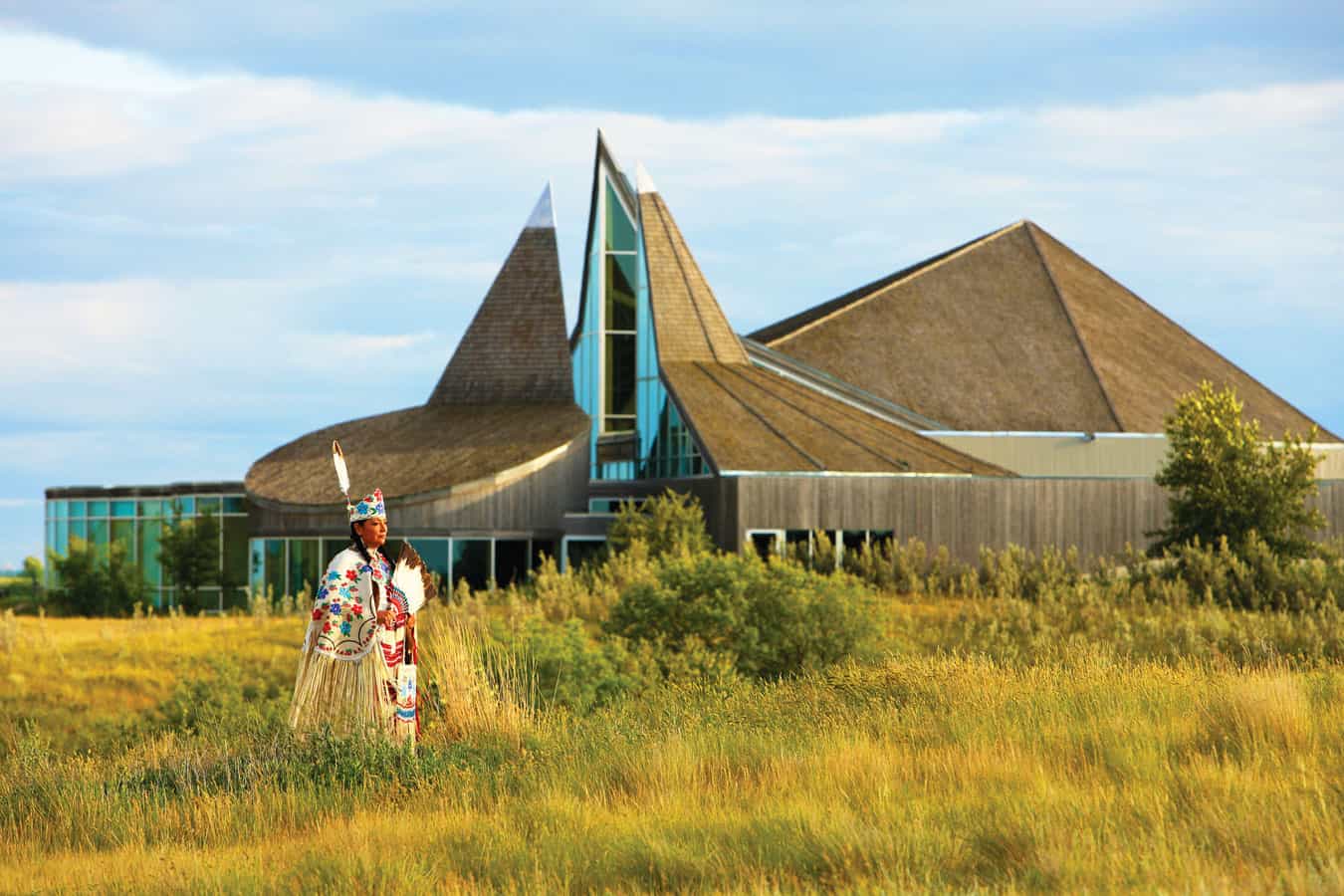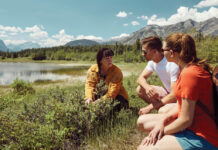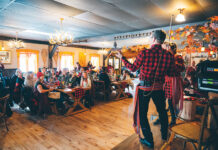 “We’re a renaissance 10 years in the making,” quips David Goldstein, president and CEO of Destination Canada, the crown corporation for Business Events Canada.
“We’re a renaissance 10 years in the making,” quips David Goldstein, president and CEO of Destination Canada, the crown corporation for Business Events Canada.
“We’re finally seeing the fruits of our labor from 2002 to 2012—finally attracting businesses and conventions that are in the wheelhouse of Canada.” The wheelhouse Goldstein refers to is a four-season destination that is forward-thinking, culturally inclusive and meetings-ready.
The bulk of “the lost decade,” as Goldstein describes it, was spent building intellectual capital and collaboration between industries, universities and government sectors. The result is a sophisticated, safe and “anything goes” meetings acumen that easily accommodates the needs of corporate, association and incentives groups. One case in point is the groundbreaking TED conference, which features talks by multidisciplinary visionaries from across the globe every year and has been calling Vancouver home since 2014. And when it comes to thought leadership on hot topics such as climate change, look to the sky-high vegetation on convention center rooftops across the country, the plethora of green hotels and built-in green meetings options to see which way the wind blows.
Canada’s innovative edge has come full circle as of late, as the rise of indigenous programming—Whistler to Newfoundland—makes its way into meetings, and planners have been quick to incorporate the ancient wisdom and cultural heritage of the First Nation into their programs. “We’re all about breaking down barriers,” Goldstein says, “which allows attendees and planners to relax and let the experience do the work.”
Saskatoon
Imagine a day of tipi team building, exploring indigenous technology and a stroll through nature that quickly becomes a lesson in natural pharmacology. All of this happens in Saskatoon, and groups of up to 300 can top this off with an event at the Wanuskewin Heritage Centre (available for buyout), where ceremonial singing, dancing and drumming create the ultimate icebreaker environment.
Whistler
At the Squamish Lil’wat Cultural Centre in Whistler, groups can experience feasts inspired by the First Nation’s culinary traditions (think wild salmon cooked on traditional cedar planks), and transform the wisdom and metaphor of native mythology and ancient traditions such as the aboriginal talking stick into professional and personal development tools. More than 16,000 sf of meeting space is available for buyout, including the Great Hall, which is decked out in weavings, canoes, carvings and floor-to-ceiling windows that overlook the Lost Lake and Garibaldi Mountain Ranges. Whistler’s natural bounty and unique cultural offerings recently lured Vail Resorts into the mix, which will be setting up camp here soon. “The arrival of Vail Resorts will be a game changer for Whistler meetings,” explains Cassandra Zerebeski, manager of group business development for Tourism Whistler. “It certainly broadens the horizon for us as a meetings destination.”
Banff & Lake Louise
Meetings and incentives combos are trending big in Banff & Lake Louise, says Aysun Lynch, international business development manager for MICE with Banff & Lake Louise Tourism. “We’re currently working with indigenous groups to expand our programming in a culturally sensitive way that also complements the conventions that come here.” As an example, Lynch says that a medical meetings group can have a program created that includes indigenous approaches to wellness.
Newfoundland
All the way to the east of Canada, off-the-grid “healing camps” in the Torngat Mountains are reviving exhausted executives. Groups may travel by boat through the Saglek Fjord’s majestic 3,000-foot verticals to see remnants of an ancient Inuit village, visit 5,000-year-old archaeological sites, explore the wilderness with local guides or hobnob with and experience the culture and traditions of the Labrador Inuit firsthand.










